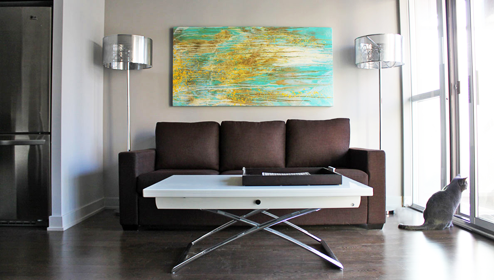Wooba
Active Member
I tapped my wall and it sounds hollow in some parts, so I assume that it's not concrete.
Since my wall is presumably w/ metal studs, I assume that the minimum I need to do is find to metal studs, and put 2 screws (w/ toggle bolts) into each stud?
EDIT: I guess this is a useful link for me?
http://www.ehow.com/how_4814406_install-plasma-tv-metal-studs.html
I never considered putting toggle bolts through a stud before.. that's not a bad idea.. but what I have done in teh past is put toggle bolts through the drywall area.. I used drywall screws on the stud part..







